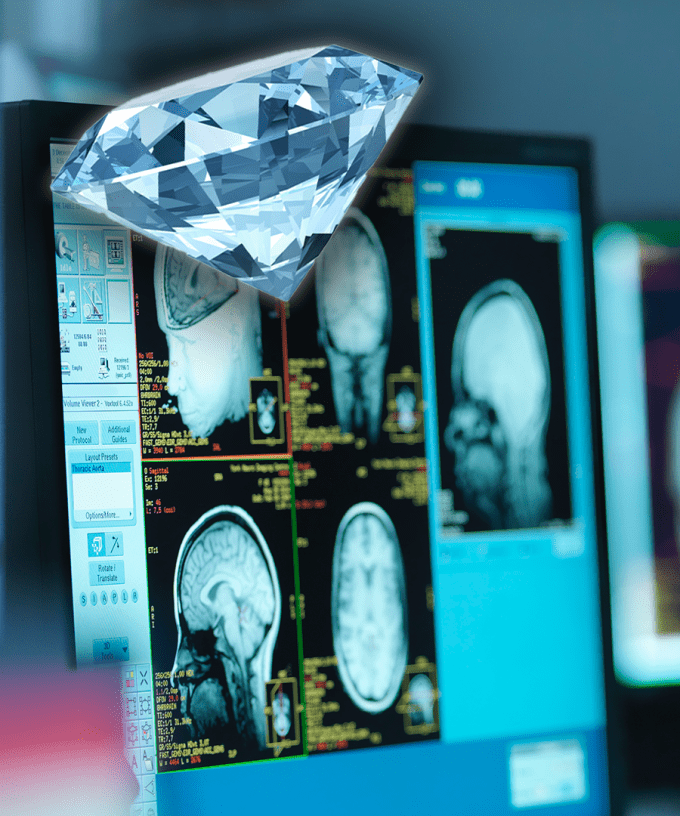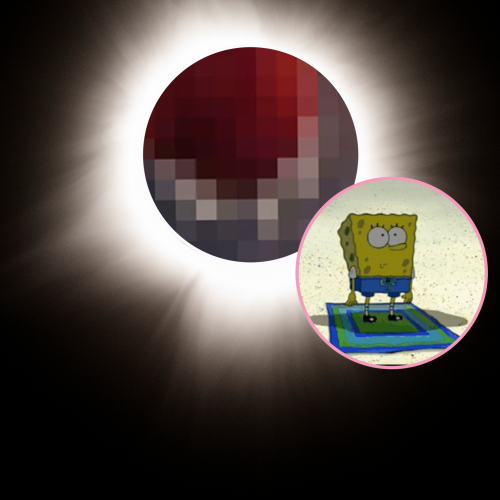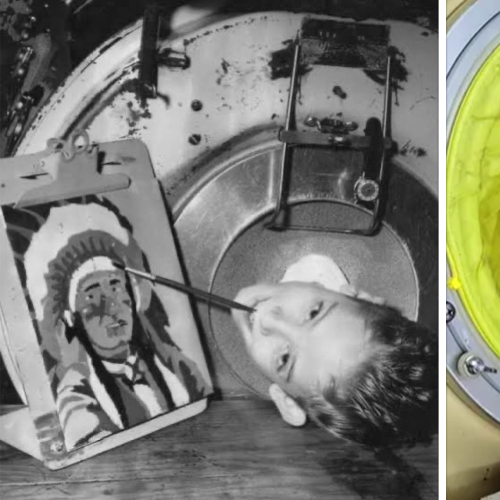New technology could revolutionise the way doctors detect concussion, epilepsy, and dementia, and help give patients forewarning about their conditions.
Researchers from Melbourne’s RMIT University have helped develop a laser-based diamond sensor, which could be used in a portable device to detect brain disorders.
The sensor, like existing devices, would measure magnetic fields to identify disorders – but be up to 10 times more precise than standard techniques.
The device would also be more affordable than existing magnetoencephalography, or MEG technology, and more convenient to use, RMIT Professor Andrew Greentree said.
Existing MEG technology needs to operate at ultra-cold temperatures with liquid helium, which costs millions of dollars each year, while patients have to stay still.
“Current MEG machines are huge devices, with dedicated facilities, and they require magnetic shielding around them as well,” Prof Greentree said.
“We really want to have something that we can place on a patient’s head and we want them to be able to move around – and there’d be no need for expensive liquid helium to operate such a device.”
A device using the laser technology would be operated at room temperature, and may be able to pick up early-onset dementia, Prof Greentree said.
“With Alzheimer’s, you want to be able to monitor the progression of the disease and know the effect of any treatments. It’s similar with concussion, you want to be able to measure what’s happening in the brain after each knock.”
As for epilepsy, the device would help identify where it’s occurring, and guide practitioners on targeted interventions.
The researchers say that, with sufficient funding and industry collaboration, they could develop a proof-of-concept device using their new sensor within five years.
Diamond is already used for sensing magnetic fields. The amount of light that comes from quantum defects in the diamond changes with a magnetic field’s strength.
However, current approaches mean most of that light is lost.
“Our breakthrough was to make a laser from the defects,” Prof Greentree said.
“By collecting all the light – instead of just a small amount of it – we can detect the magnetic field 10 times more precisely with our sensor compared with current best practice.”
The laser finding was part of an international study led by the Fraunhofer Institute for Applied Solid State Physics in Germany.







